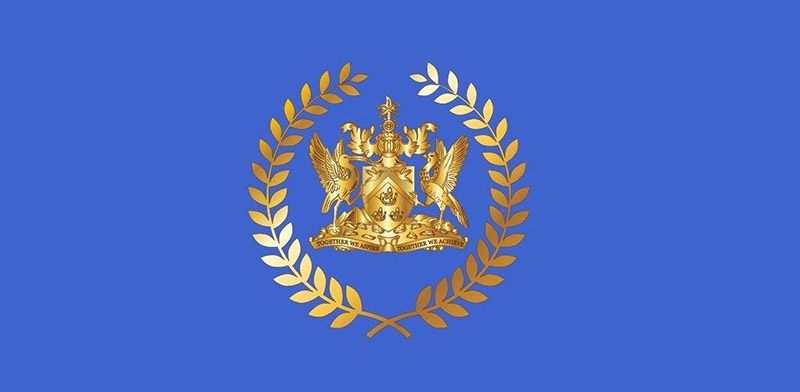The transatlantic slave trade was one of the darkest chapters in the history of the Americas, forever reshaping the character and identity of Western civilisation, including Trinidad and Tobago. Over a 400-year span, millions of Africans were forcibly taken from their homelands and thrust into lives of servitude and brutality, ripped from their culture and ways of life.
On this day of remembrance, we acknowledge the victims of the slave trade and pay tribute to their resilience in the face of overwhelming hardship. Those who survived the journey across the Middle Passage never fully submitted but engaged continuously in various forms of resistance and revolt. The theme of this year’s observance, ‘Remember Slavery: The Power of the Arts for Justice’ highlights the ability of the arts to commemorate these past injustices as well as to highlight ongoing struggles.
The arts have always held an important place in Caribbean culture and history. The experiences of the enslaved were captured and communicated in the celebration of Canboulay, the beating of drums, the mimicry of the elaborate French masquerade balls and the witty call and response of the griot or chantuelle. These were important media of expression for the enslaved, empowering them to tell their story, signal their discontent with their circumstances and keep alive their connections to their culture and religion.
Modern carnival and calypso are the successors to those early forms of rebellion and they tell the tales of oppression and defiance, but as well, survival and triumph. Our duty is to safeguard the customs that arose during this heinous era as they serve to remind us of the experiences of those who helped to shape our national identity. Understanding the dark roots of these traditions is essential to ensuring that this barbaric and inhumane chapter of our history is never again allowed to repeat itself.
We commit to the preservation of our local art forms as they are an important legacy of those who sacrificed everything for freedom and dignity.






